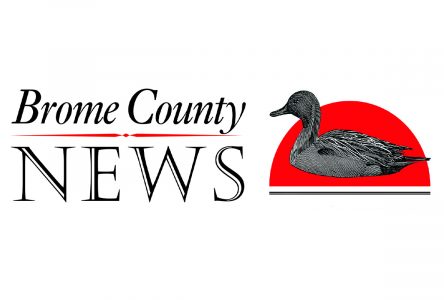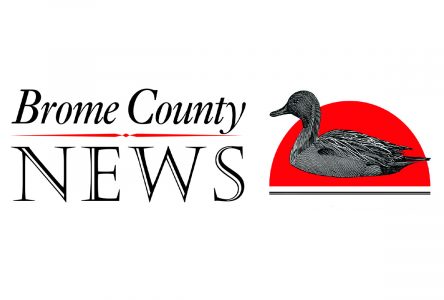After a year of collaboration and consultation, the eight municipalities of the Bedford pole – the town of Bedford, Bedford Canton, Notre-Dame-de-Stanbridge, Pike River, Saint-Armand, Saint-Ignace-de-Stanbridge, Stanbridge East and Stanbridge Station – have agreed on a collaborative economic development and recovery plan, the MRC of Brome-Missisquoi announced late last week.
Notre-Dame-de-Stanbridge mayor Daniel Tétreault has spearheaded the project, which will involve a collaborative rethink of tourism, lifestyle, governance, urban planning, agriculture and industry in the eight municipalities, which have a combined population of about 7,500.
“We want to eliminate competition between the towns and work together to make a real central knot,” he says. “If we present ourselves as a community of over 5,000 people, rather than individual towns of 2,500 or fewer, we can attract restaurants and things like that, we can attract health care professionals and we can hold on to the services we have.” Tétrault emphasizes that the towns have “rejected any sort of a merger,” and describes the Bedford pole initiative as “a system of intermunicipal agreements.”
Seven of the eight municipalities conducted a survey last year to see what residents expected from the multilateral initiative. Over 1,000 people responded, according to Tétreault. “People… asked us to work together on ways to bring more people into the region, with good paying jobs, housing and recreational infrastructure. People talked about the area’s tourism potential and its lack of affordable housing. “We can bring people into the pole, but there need to be places for them to stay,” Tétreault says. “The high school can’t close – we have to work together to keep our services.”
According to Tétreault, the next step is for each of the eight town councils to pass a resolution in support of the plan, and then appoint two members of council to a steering committee. The new committee will then inventory what has already been done in terms of intermunicipal collaboration; scale up partnerships in procurement, hiring and infrastructure; and solicit further ideas from citizens.
“The head of the committee will be elected by the members, and I hope it will be a young councillor or a new councillor, someone with fresh ideas. Our goal is to find solutions to problems and come up with ideas for cost sharing and revenue sharing – for example, we could organize a farmers’ market and share the proceeds between us.” Tétreault also hopes the municipalities can pitch in to share responsibility for shared facilities, such as the Saint-Armand pier, and share services. “This is the future of our economy and of our municipalities,” he says.
Robert Desmarais is the director general of the MRC of Brome-Missisquoi and the regional Centre local du développement (CLD). The MRC has been providing technical and logistical support to the member municipalities of the Bedford pole. Desmarais believes increased collaboration will allow the Bedford pole to reap more benefits from economic development and the pandemic-driven surge of city dwellers to the wider region. “The region of Brome-Missisquoi attracted 2,700 people last year, and Bedford didn’t really get any of them,” says Desmarais. “It has all it needs to succeed, but it has been a bit unlucky. We just have to find the right recipe so that the municipalities work together to attract people.”
The Bedford Pole economic recovery plan can be consulted online at realisonsbm.com/projet/polebedford (in French only). Tétreault invites any resident of the eight municipalities who has a comment or suggestion about the project to get in touch with their mayor or town councillor.


